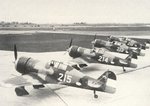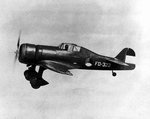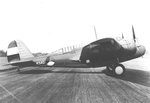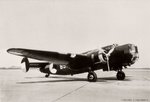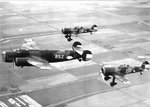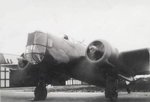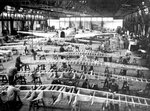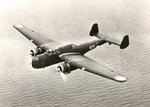- Thread starter
- #21
gekho, do you have any pictures of the Douglas Bostons that made it to Java with the Dutch triangle? I have only seen the photos doctored by Douglas with orange triangles added. (I know they were going to Dutch navy )
No, it´s a pity but I dont have any



